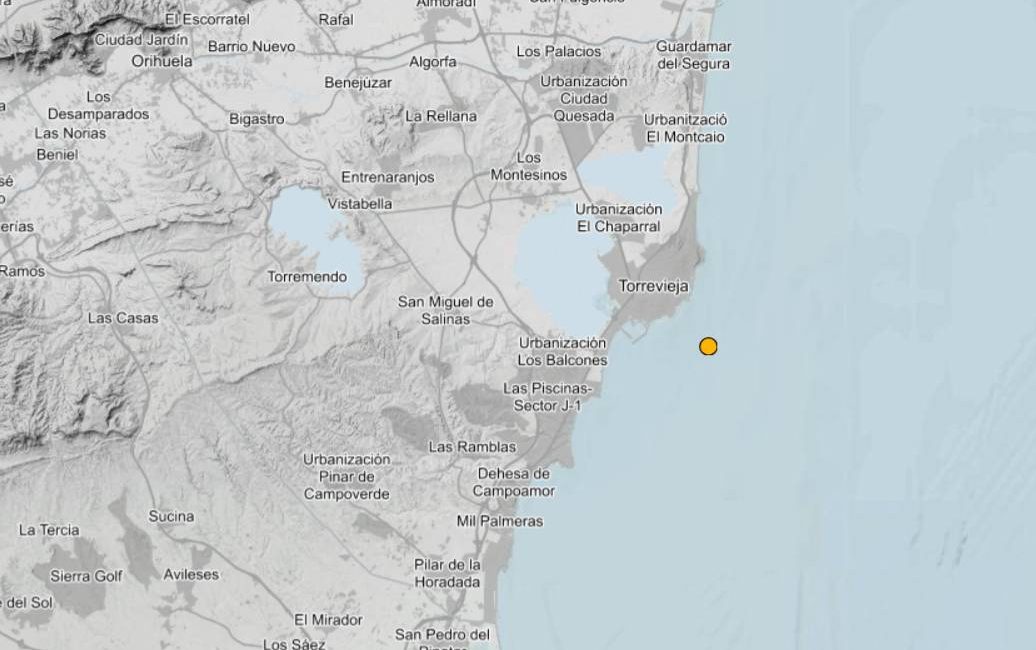This morning at 12:23 a.m. , Tuesday, April 15, a magnitude 2.8 earthquake struck with its epicenter southeast of Torrevieja, which was felt widely throughout the population. The quake struck at a depth of only 2 kilometers, “which made it more noticeable.”
The 1829 Torrevieja earthquake was a significant seismic event that occurred on March 21st, 1829. It had an estimated magnitude of 6.6 Mw .
Key points about the earthquake:
- Devastation: The earthquake caused widespread destruction in Torrevieja and several surrounding towns. Almoradí was particularly affected, suffering the most casualties. Guardamar del Segura had to be almost entirely redesigned due to the damage.
- Casualties and Damage: Tragically, around 389 people lost their lives, and 377 were injured. Approximately 2,965 houses were completely destroyed, and another 2,396 were damaged. Bridges over the Segura River in Almoradí, Benejúzar, Dolores, and Guardamar also collapsed.
- Seismic Activity: The decade leading up to the earthquake (1820-1830) was a period of heightened seismic activity in the region. In the months preceding the major event, over 200 tremors were recorded.
- Aftermath and Remembrance: The earthquake had a profound impact on the collective memory of the Vega Baja region. Even today, towns like Almoradí and Torrevieja commemorate the event and the victims. San Emigdio, the patron saint of earthquakes, is often invoked for protection.
- Geological Context: The earthquake occurred in a seismically active area influenced by the Bajo Segura fault system, which includes the Benejúzar-Benijófar, Guardamar del Segura, and Torrevieja faults. The Alicante coast experienced a significant sinking, estimated at about 10 meters, along the Torrevieja fault.
- Building Practices: The earthquake highlighted the vulnerability of the existing construction methods, with many houses built with weak wooden beams collapsing. This event led to a greater emphasis on earthquake-resistant building techniques in the region.
While Torrevieja has experienced minor earthquakes since then, the 1829 event remains the most devastating recorded in the area, serving as a reminder of the region’s seismic history.








No Comment! Be the first one.